
We've been following Parvum Systems with some interest for the last couple of years. The company has come on in leaps and bounds from its first efforts at a retail case, the S1.0, which stands at its second revision S2.0 and is currently available from OcUK. There have been a number of high-profile case mods too and they're graced all of our regular modding features and competitions including Mod of the Year.
It's been fascinating to see just how the company has made acrylic interesting again, at least on the retail case side of things. Its current case is light years ahead of its forbears that made the BitFenix Prodigy's wobbly feet look pretty tame. We've had hands on with an S2.0 and even built a system inside one and we can honestly say that we're massively impressed.
Of course, it's always interesting to see how interesting products are made so we paid Parvum Systems a visit recently and spoke to its owners, Justin O-Grady and Shaun Singer about why they founded the company and how Parvum Systems has become one of the worlds' most-renowned new case manufacturers, particularly with the PC modding community. Plus we got to take a look at all the swoon-worthy equipment the company uses to create its cases.
Bit-tech - When and how was Parvum Systems formed?
Justin – Everything kind of came from a need of mine to make a scratch built PC. About three years ago I’d ordered a limited run acrylic case from abroad but it arrived broken so I decided to make my own. I’d only recently met Shaun but knew he had experience with CAD programs as he studied architecture at Uni and I intended to get the case cut on a CNC so asked if he could draw it.
Shaun – It took me a few days to work out how to do this but I got there in the end. That’s pretty much how it all started.
Justin – Our first jobs involved working with wood and making display stands for a company. It was a steep learning curve and we broke a lot of tools. But that’s how we got to grips with the process of drawing toolpaths and creating something.
Click to enlarge
It's been fascinating to see just how the company has made acrylic interesting again, at least on the retail case side of things. Its current case is light years ahead of its forbears that made the BitFenix Prodigy's wobbly feet look pretty tame. We've had hands on with an S2.0 and even built a system inside one and we can honestly say that we're massively impressed.
Computer Planet Nvidia Battlebox and Acrylic ITX Click to enlarge
Of course, it's always interesting to see how interesting products are made so we paid Parvum Systems a visit recently and spoke to its owners, Justin O-Grady and Shaun Singer about why they founded the company and how Parvum Systems has become one of the worlds' most-renowned new case manufacturers, particularly with the PC modding community. Plus we got to take a look at all the swoon-worthy equipment the company uses to create its cases.
Parvum Titanfall and Onwards and upwards - Click to enlarge
Bit-tech - When and how was Parvum Systems formed?
Justin – Everything kind of came from a need of mine to make a scratch built PC. About three years ago I’d ordered a limited run acrylic case from abroad but it arrived broken so I decided to make my own. I’d only recently met Shaun but knew he had experience with CAD programs as he studied architecture at Uni and I intended to get the case cut on a CNC so asked if he could draw it.
Shaun – It took me a few days to work out how to do this but I got there in the end. That’s pretty much how it all started.
L3p - Parvum and Computer Planet VeeR mini-ITX Custom PC Dream PC entry - Click to enlarge
Justin – Our first jobs involved working with wood and making display stands for a company. It was a steep learning curve and we broke a lot of tools. But that’s how we got to grips with the process of drawing toolpaths and creating something.

MSI MPG Velox 100R Chassis Review
October 14 2021 | 15:04

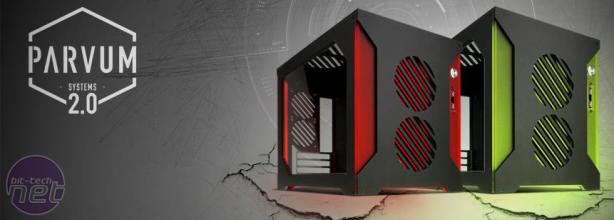
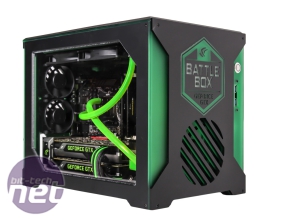
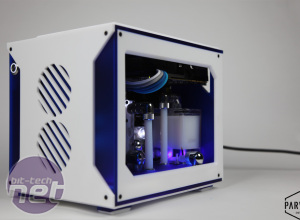
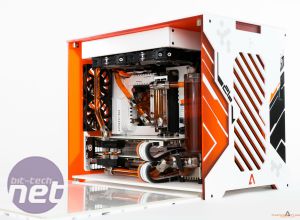
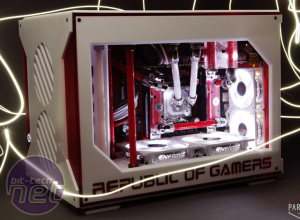
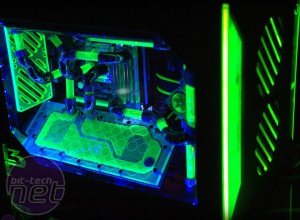
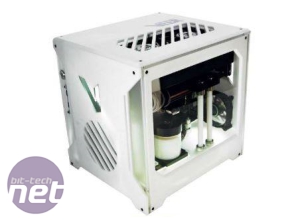







Want to comment? Please log in.